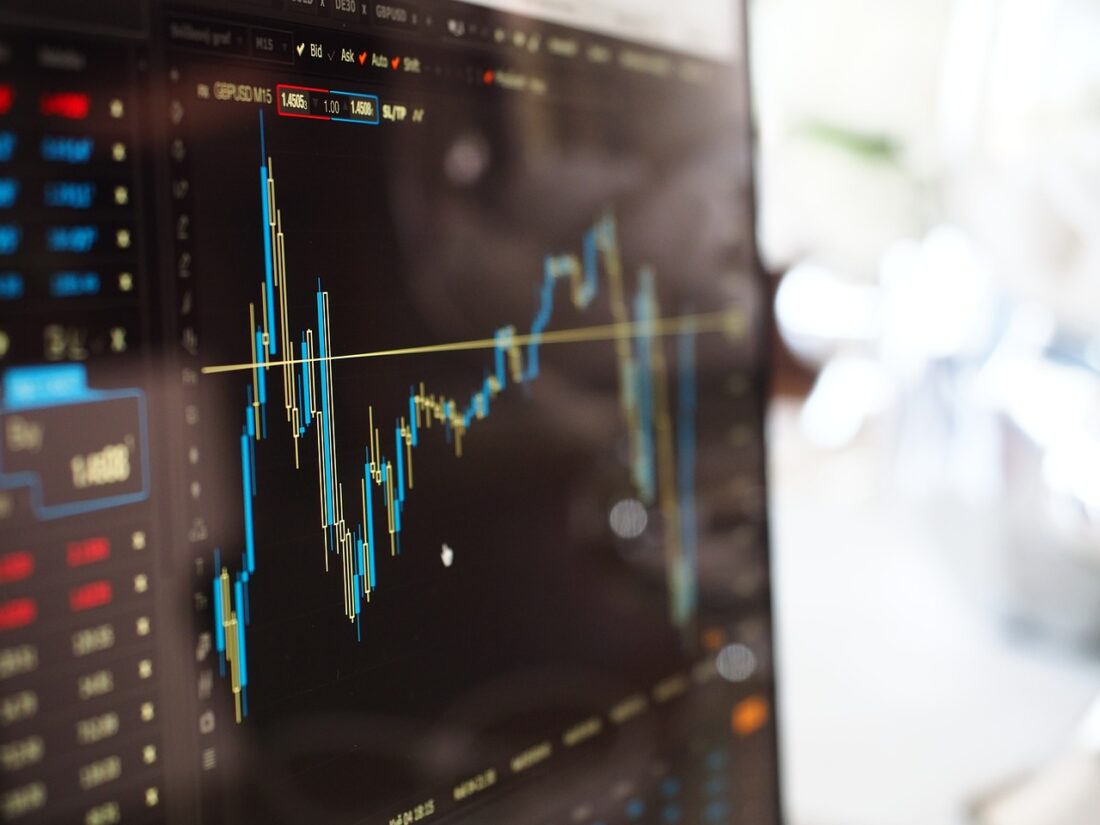In-Depth Analysis of the Indian Stock Market: March 2025

This comprehensive analysis delves into the market’s performance, key drivers, sectoral dynamics, risks, and future outlook, providing a thorough understanding of the current landscape.
Market Overview–
Performance of Major Indices
Nifty 50
- Current Level: Closed at 23,592 points.
- Monthly Change: Approximately +6.7% from its lows earlier in March.
- Recovery Highlights: The index rebounded from a low of around 22,000 points, reflecting strong buying interest and investor confidence.
Sensex
- Current Level: Ended at 77,606 points.
- Monthly Change: Similar recovery trajectory as Nifty, with an overall increase of approximately 8% from March lows.
Year-to-Date Performance
Despite the recent rally, the market remains relatively flat year-to-date due to earlier declines. The recovery resembles a “V-shaped” pattern but requires confirmation through sustained buying and improved fundamentals.
Global Context
The Indian stock market’s performance cannot be viewed in isolation. Global markets have faced mixed results:
- The U.S. markets have been under pressure due to tech stock sell-offs and geopolitical concerns, with the Nasdaq Composite dropping by 0.53%.
- European indices like FTSE have also seen declines (down by 0.27%) due to economic uncertainties.
- Conversely, emerging markets like India have benefitted from a weakening U.S. Dollar and attractive valuations compared to developed markets.
Key Drivers of Market Movement
1. Foreign Institutional Investors (FIIs)
Foreign Institutional Investors have played a pivotal role in the Indian market’s recovery:
- After months of aggressive selling, FIIs have turned net buyers in March, purchasing shares worth approximately ₹3,055 crore on March 25 alone.
- Their renewed activity has provided crucial support to the market, reversing negative sentiment and encouraging domestic investors to follow suit.
2. Macroeconomic Indicators
Inflation Rate
- India’s annual inflation rate dropped to 4.31% in January 2025, down from 5.22% in December 2024, marking the lowest rate since August 2024.
- This decline strengthens the case for interest rate cuts by the Reserve Bank of India (RBI), providing liquidity support to commercial banks and boosting consumer spending.
GDP Growth
- The Indian economy is projected to grow at around 6.5% for FY25, driven by robust domestic consumption and government spending initiatives aimed at infrastructure development and rural upliftment.
3. Currency Dynamics
The depreciation of the U.S. Dollar against the Indian Rupee has made Indian equities more attractive to foreign investors:
- A stronger rupee reduces currency risk for foreign investors and enhances returns on investments denominated in INR.
- This dynamic has contributed positively to investor sentiment and increased capital inflows into the equity markets.
4. Technical Factors
Technical indicators have played a significant role in shaping market sentiment:
- Short covering in derivatives has amplified gains as traders close out short positions amid rising prices.
- The Nifty index reclaimed its 200-day DEMA (Double Exponential Moving Average), signaling bullish momentum and attracting momentum traders looking for upward trends.
5. Seasonal Buying Patterns
As March marks the end of the fiscal year for many fund managers:
- There has been increased buying pressure as fund managers seek to improve their year-end performance metrics.
- This seasonal buying has contributed significantly to the upward movement observed in major indices.
Sectoral Performance Analysis
Sector Overview
| Sector | % Change (March) | Key Drivers/Challenges |
|---|---|---|
| PSU Banks | +1.5% | Strong FII buying; improved asset quality |
| Oil & Gas | +0.9% | Rising global oil prices; demand recovery |
| Utilities | +2.09% | Stable demand; regulatory support |
| Pharma | -1.1% | Weak demand; pricing pressures |
| Auto | -0.99% | U.S.-imposed tariffs on imported vehicles |
Detailed Sector Analysis
PSU Banks
Public Sector Undertaking (PSU) banks have shown resilience amid improving fundamentals:
- Major players like State Bank of India (SBI) and Bank of Baroda have benefitted from improved asset quality and reduced non-performing assets (NPAs).
- Government initiatives aimed at recapitalizing banks have further bolstered investor confidence.
Recent Developments
- SBI reported a significant reduction in NPAs, leading to improved profitability metrics.
- The government’s focus on financial inclusion has increased lending opportunities for PSU banks.
Oil & Gas
The oil & gas sector has experienced positive momentum due to rising crude oil prices:
- Global crude oil prices have risen due to geopolitical tensions and supply constraints.
Key Players
Companies like Reliance Industries have reported robust earnings driven by refining margins and petrochemical demand:
- Reliance’s diversified business model allows it to capitalize on both domestic and international markets.
Utilities
The utilities sector has performed strongly due to stable demand:
- Regulatory support for renewable energy initiatives has bolstered investor confidence in utility companies.
Investment Opportunities
Investors are increasingly looking towards companies involved in renewable energy projects as part of India’s commitment to sustainability.
Pharmaceuticals
The pharmaceutical sector faced challenges due to reduced export demand:
- Increased competition in generic drugs has pressured profit margins for major players like Sun Pharma and Dr. Reddy’s Laboratories.
Market Dynamics
Despite these challenges, some companies are pivoting towards biopharmaceuticals and specialty drugs to enhance growth prospects.
Automobiles
The automobile sector is navigating headwinds due to new tariffs imposed by the U.S., affecting companies reliant on exports:
- Domestic sales figures remain strong for utility vehicles despite external pressures.
Recent Sales Data
- Mahindra & Mahindra reported a domestic sales growth of 19%, selling 50,420 utility vehicles domestically in February.
- Maruti Suzuki exported 25,021 units while recording domestic sales of 163,501 units during February.
Visual Representation
Market Indices Movement (March 2025)
| Date | Nifty 50 (Points) | Sensex (Points) |
|---|---|---|
| March Low | ~22,000 | ~75,000 |
| March High | ~23,600 | ~77,600 |
Sectoral Gains and Losses
| Sector | % Change (March) | Key Drivers/Challenges |
|---|---|---|
| PSU Banks | +1.5% | Strong FII buying |
| Oil & Gas | +0.9% | Improved global oil prices |
| Utilities | +2.09% | Stable demand; regulatory support |
| Pharma | -1.1% | Weak demand; pricing pressures |
| Auto | -0.99% | U.S.-imposed tariffs on imported vehicles |
Challenges and Risks
Short-Term Risks
- Profit-Taking: After a substantial rally, there may be profit-booking among investors leading to short-term corrections.
- Fiscal Year-End Effects: As March ends, fund managers may adjust portfolios impacting liquidity.
Fundamental Risks
- Earnings Disappointment: Upcoming earnings reports could reveal weaknesses in corporate performance that might reverse gains.
- Global Trade Tensions: Ongoing geopolitical issues could lead to sudden shifts in investor sentiment affecting export-oriented sectors.
Long-Term Risks
- Inflationary Pressures: If inflation rises unexpectedly due to supply chain disruptions or geopolitical tensions, it could lead to tighter monetary policy from the RBI.
- Regulatory Changes: Changes in government policies regarding taxation or foreign investment could impact market dynamics significantly.
Future Outlook
Investors should approach the market with cautious optimism:
- Focus on sectors least affected by global trade tensions (e.g., PSU Banks).
- Monitor upcoming earnings reports closely for fundamental validation.
- Align positions with technical trends while maintaining risk management strategies.
Strategic Recommendations
- Diversification: Investors should consider diversifying their portfolios across sectors that show resilience despite global uncertainties.
- Long-Term Investment: Given India’s strong economic fundamentals, long-term investment strategies may yield favorable returns as the economy continues its growth trajectory.
- Stay Informed: Keeping abreast of macroeconomic indicators such as inflation rates, GDP growth forecasts, and global economic conditions will be crucial for informed decision-making.
Conclusion
The Indian stock market’s performance in March reflects resilience amidst global uncertainty but requires fundamental validation for sustained growth. While technical recoveries are encouraging, investors must remain vigilant about macroeconomic indicators and sector-specific developments as they navigate this dynamic landscape.
As we move forward into April 2025 and beyond, understanding these complexities will be essential for making informed investment decisions that align with both current trends and long-term objectives in an ever-evolving market environment.



